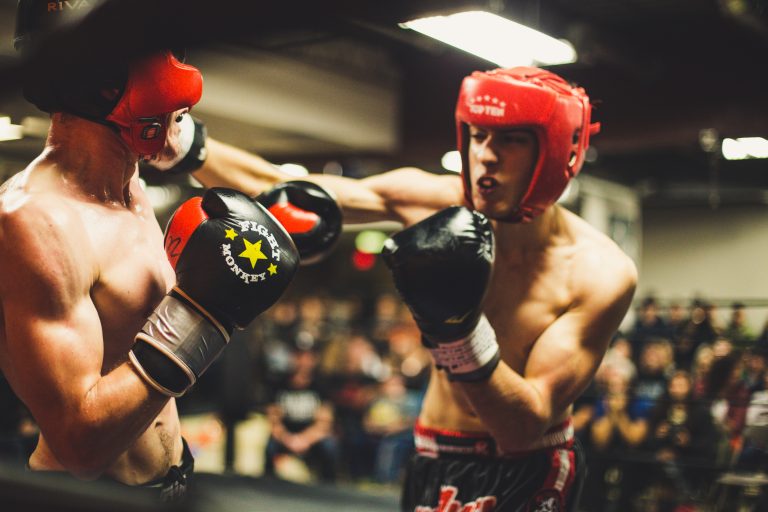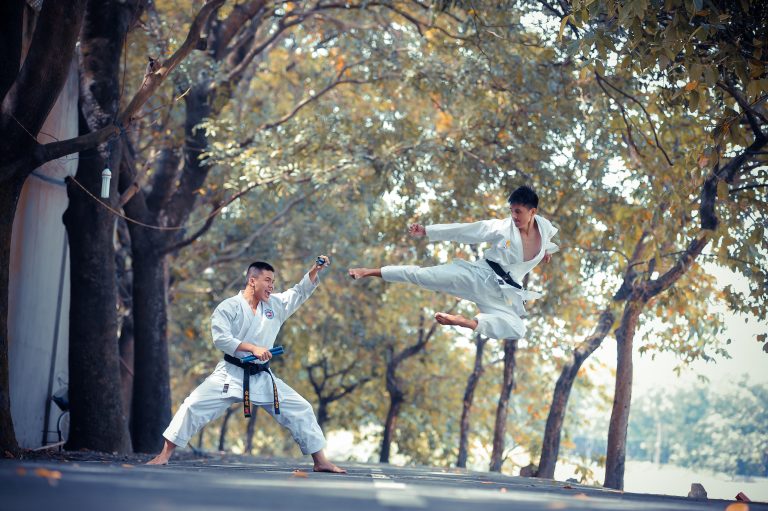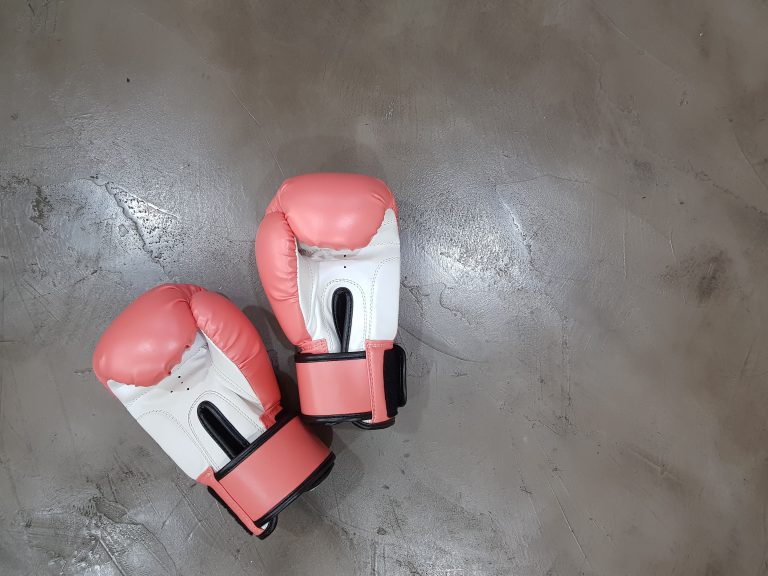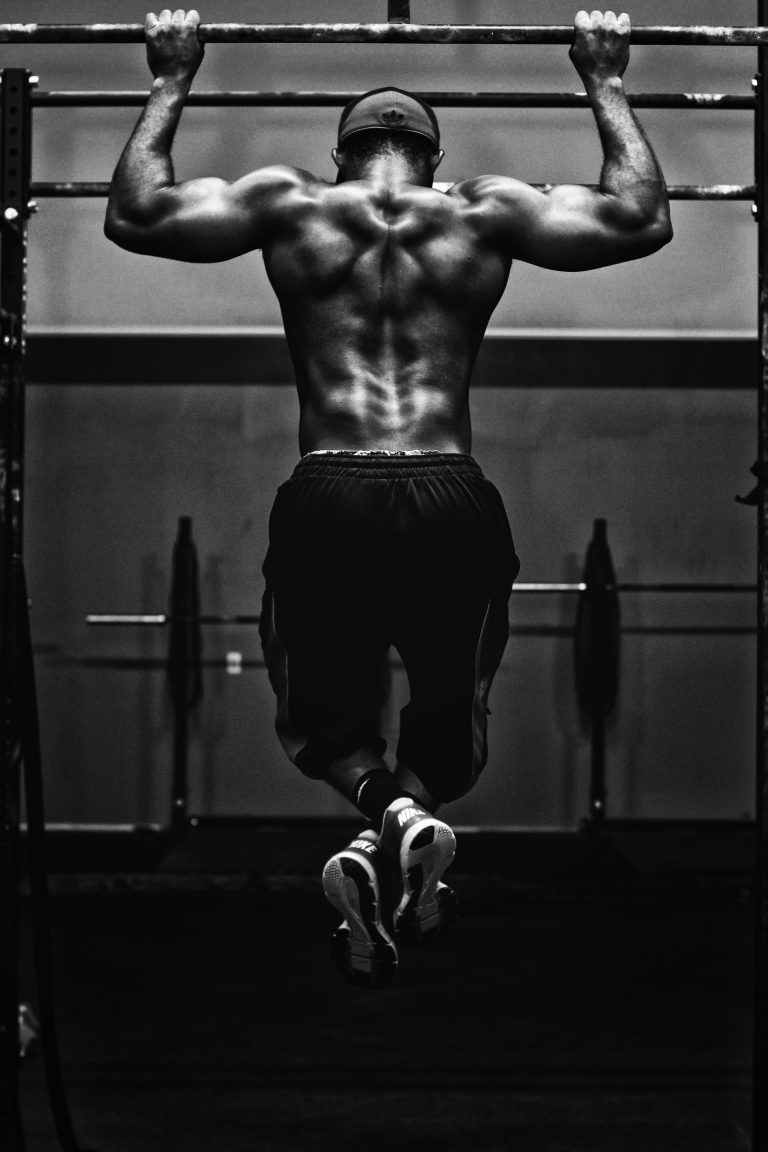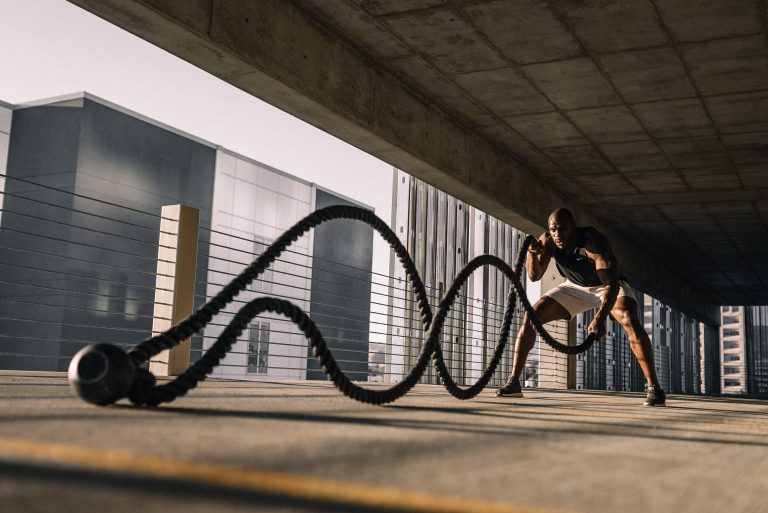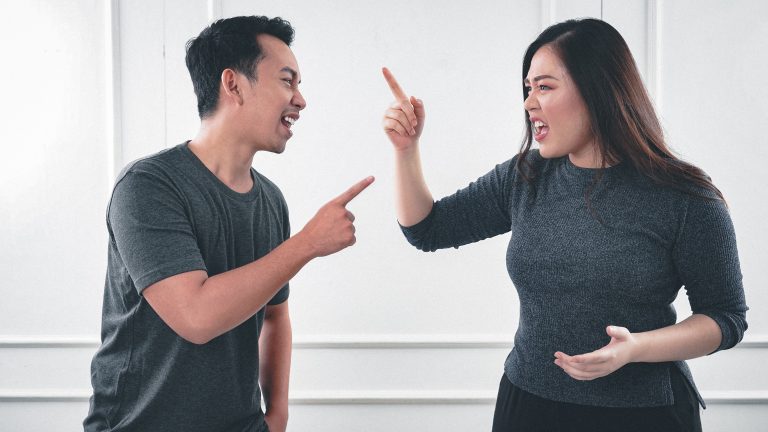Karate: A Guide to Self-Defense
Karate is a martial art that has been practiced for centuries. It is not just a sport, but also an effective way to defend oneself in any situation. Karate is more than just punching and kicking; it is a way of life that teaches discipline, respect, and self-control. In this article, we will dive into the world of karate and provide you with a comprehensive guide to self-defense.
What is Karate?
Karate is a Japanese martial art that means “empty hand.” It originated in Okinawa, Japan, in the 1800s as a form of self-defense. Karate is a striking art that uses various parts of the body, including hands, feet, elbows, and knees. It also includes grappling, joint locks, throws, and takedowns. It is a sport that requires physical and mental strength.
The Benefits of Karate
Karate is not just a physical activity but also has numerous benefits for the mind, body, and soul. It is an excellent way to stay in shape, build strength, and increase flexibility. Karate is also an effective stress-reducer and helps in improving focus, concentration, and coordination. It provides self-discipline, enhances self-confidence, and promotes self-awareness.
Karate also teaches valuable life skills such as perseverance, respect, humility, and leadership. It improves one’s overall lifestyle, it builds healthy habits, and it can be a great way to make new friends.
Karate for Self-Defense
Karate is one of the most effective martial arts for self-defense. It is a practical method of defending oneself from an attacker in any situation. Karate techniques involve striking vital areas of the attacker’s body, such as the head, neck, and groin, to incapacitate the attacker. It also teaches techniques to incapacitate attackers using joint locks, throws, and takedowns.
In addition to physical techniques, karate also teaches mental techniques such as awareness and avoidance. An experienced karateka (karate practitioner) can detect potential danger and avoid physical confrontation through calm communication and verbal de-escalation.
Dojo and Equipment
A dojo is the training hall for karate. It is a place where the students come to learn and practice their karate techniques. It is essential to know that the traditional karate uniform is called a gi. Gis come in various colors, but the most common one that is worn is white. Gis come in various sizes, styles and are typically made of cotton material.
In addition to the gi, other equipment is required for karate training. This equipment includes hand pads, foot pads, mouthguards, and headgear. All of these accessories play an essential role in karate training and help prevent injuries.
Conclusion
Karate is a practical martial art that is not only about self-defense but also benefits your overall life. It improves your physical, mental and ultimately your lifestyle. It is an excellent way to stay in shape, learn self-defense skills, and meet new people. The discipline, respect, and self-control you will gain from karate can help you achieve success in other areas of your life too.
Whether you want to learn self-defense techniques or join a community of karate enthusiasts, karate is an excellent way to challenge yourself and improve yourself. It is never too late to start learning karate.
Karate: A Guide to Self-Defense – Frequently Asked Questions
Karate is a popular martial art that is widely practiced for self-defense purposes around the world. It has its roots in Okinawa, Japan, and is renowned for its effectiveness in combat situations. If you’re considering taking up karate, you likely have many questions about it. To help you out, we’ve compiled some of the most frequently asked questions about karate and self-defense.
What is Karate?
Karate is a form of martial art that originated in Okinawa, Japan, in the late 19th century. It is a striking-based martial art that emphasizes powerful punches, kicks, knees, and elbow strikes, as well as open-handed techniques for blocking and grappling. Karate techniques are designed to be effective in close-range fighting situations, and they are often used for self-defense.
What are the Benefits of Practicing Karate?
There are many benefits to practicing karate, including:
- Improved Physical Health: Karate is a demanding physical activity that can improve your strength, flexibility, and endurance.
- Increased Self-Confidence: Learning self-defense skills and achieving new goals can boost your self-confidence and self-esteem.
- Stress Relief: Karate can help you manage stress and anxiety by providing an outlet for physical and mental tension.
- Discipline and Focus: Karate requires discipline and focus, which can help you develop better concentration and time management skills.
- Social Connections: Practicing karate can provide opportunities to meet new people and develop meaningful social connections.
Is Karate Effective for Self-Defense?
Yes, karate can be very effective for self-defense. Karate techniques are designed to be practical and effective in real-world self-defense situations. In addition to its striking-based techniques, karate also includes grappling and throwing techniques that can be used to subdue an attacker.
Is Karate Safe?
Like all martial arts, karate involves some risks of injury. However, when practiced under the guidance of a qualified instructor, karate can be a safe and rewarding activity. It is important to warm up before practicing and to use proper protective equipment, such as gloves and mouthguards, when sparring.
What is the Belt System in Karate?
Karate uses a belt system to indicate a student’s level of proficiency. The belt colors typically progress from white to black, with several levels of colored belts in between. Each belt level requires the student to demonstrate proficiency in a set of techniques and principles. Black belt is the highest level of proficiency in karate, but there are additional levels of black belt beyond that as well.
What is the Difference Between Karate and Other Martial Arts?
Karate is a striking-based martial art that emphasizes powerful punches and kicks, as well as open-handed techniques for blocking and grappling. Other martial arts may focus on different areas of combat, such as grappling, throwing, or joint locks. Karate also has a strong emphasis on self-defense and practical application, which sets it apart from more traditional martial arts.
How Long Does it Take to Learn Karate?
The time it takes to learn karate depends on several factors, including the student’s natural ability, their level of dedication, and the quality of their instruction. Typically, it takes several years of regular practice to achieve proficiency in karate. However, even beginners can start to see improvements in their fitness and skill level within a few months of training.
How Do I Get Started in Karate?
To get started in karate, you should first find a qualified instructor or martial arts school in your area. Look for an instructor who is knowledgeable and experienced in karate and who has a history of producing successful students. It’s also a good idea to try out a few different schools or instructors to find the one that is the best fit for you.
Conclusion
Karate can be an incredibly rewarding and effective form of self-defense. By practicing karate, you can improve your physical fitness, boost your self-confidence, and develop practical self-defense skills. If you’re considering taking up karate, we hope that this guide has helped answer some of your most pressing questions. Remember to always practice safely under the guidance of a qualified instructor, and enjoy the journey of learning this fascinating martial art.
Inhaltsverzeichnis

